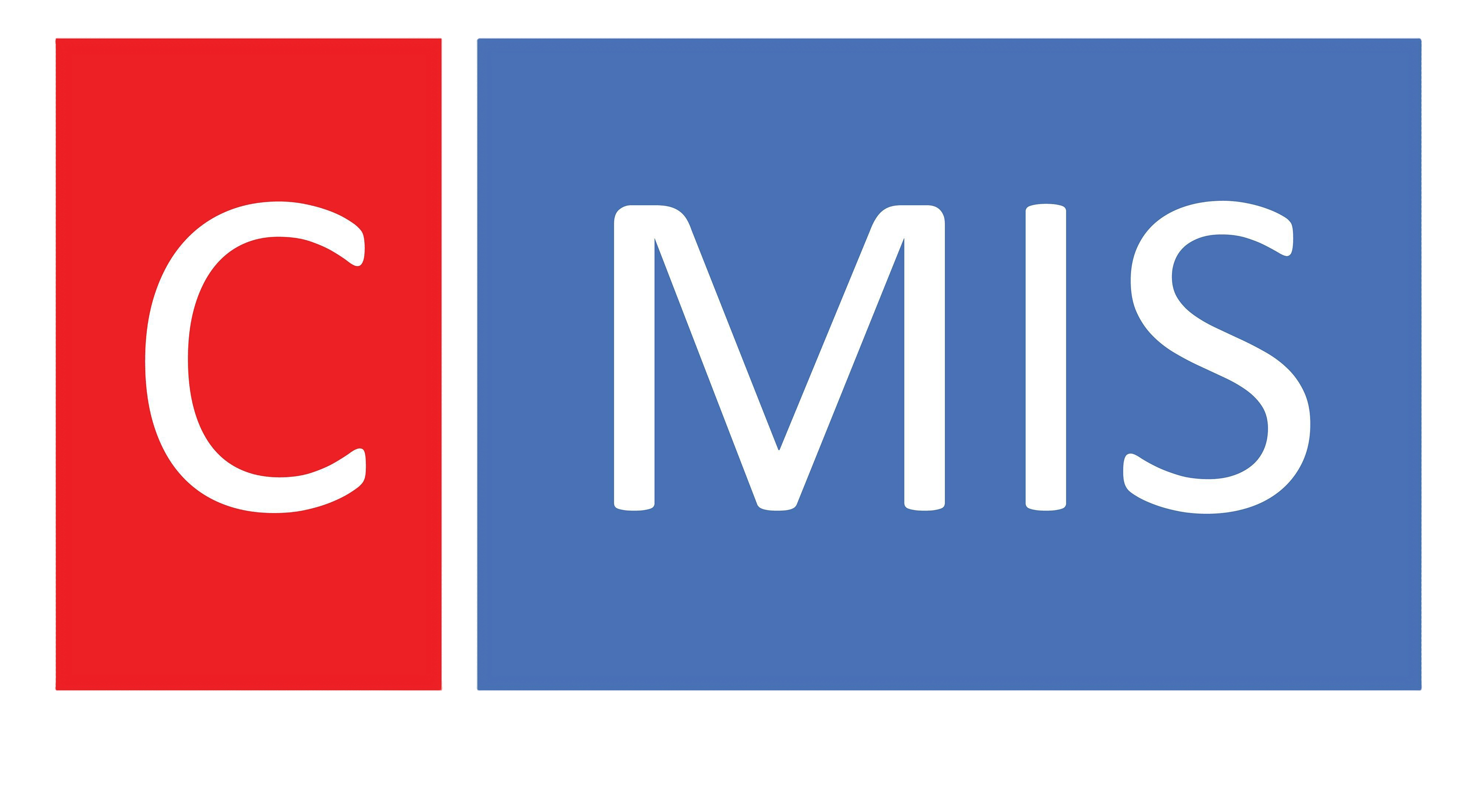- Discover essential strategies that not only reduce construction claims but also boost your chances of passing federal funding audits with ease.
- Learn how implementing detailed record-keeping and communication protocols can foster transparency and accountability in your projects.
- Uncover practical tips to create a proactive project management culture that minimizes financial discrepancies and enhances project success.
Navigating the complexities of construction management, particularly when federal funding is involved, can be a challenging endeavor. Construction managers and city planning officials often find themselves under pressure to not only deliver on time and within budget but also to ensure compliance with funding requirements. In this blog post, you will find a series of actionable tips aimed at reducing construction claims while ensuring successful funding audits.
Understanding the importance of compliance with federal funding requirements is essential. These regulations are established to promote transparency and accountability in how public funds are spent. It is crucial that you familiarize yourself with the specific regulations that apply to your projects. For instance, regulations under the Uniform Administrative Requirements, Cost Principles, and Audit Requirements for Federal Awards (commonly known as the Uniform Guidance) define how recipients of federal funds must operate.
To pass funding audits successfully, adhere to the following best practices for compliance:
1. Maintain Detailed Records: Establish a rigorous documentation system from the project's inception. This should include contracts, change orders, invoices, and receipts. Each document should be organized and easily accessible. Employ digital management systems that provide tracking capabilities and ensure that all documents are properly categorized according to project phases.
2. Implement Consistent Procedures: Develop comprehensive procedures for project management that staff members can follow. This may include outlines for financial tracking, regular reporting, and compliance reviews. When everyone involved is knowledgeable about established processes, it minimizes the risk of errors that could lead to funding discrepancies or claims.
3. Regular Training and Workshops: Invest time in providing regular training for your team on federal funding requirements. Well-informed team members will be better equipped to comply with regulations and avoid pitfalls that can result in financial audits. Incorporate workshops that focus not only on compliance but also on effective project management strategies.
4. Conduct Pre-Audit Reviews: Before any formal audit takes place, conduct internal reviews of your project's financial and operational records. This will allow you to address potential compliance issues and rectify them before they can be flagged by auditors.
5. Utilize Technology for Tracking: Effective project tracking is essential for city and county teams managing large-scale projects. Invest in project management software that allows real-time tracking of budgets, timelines, and resource allocation. This aids in maintaining oversight and can provide valuable insights into areas that may be susceptible to claims if not monitored properly.
Reducing construction claims is another priority that demands attention. Here’s how to approach this critical aspect of construction management:
1. Establish Clear Contracts: A well-defined contract can significantly reduce misunderstandings. Ensure all parties clearly understand the expectations, responsibilities, and deliverables. Ambiguities in contractual agreements can often lead to claims, so clarity is paramount.
2. Maintain Open Communication: Foster an environment where open dialogue about project challenges is encouraged. Frequent communication with contractors and stakeholders can help identify potential issues early in the process, allowing for proactive solutions rather than reactive claims.
3. Document Everything: Similar to maintaining records for compliance, documenting project progress regularly can help mitigate claims. Consider implementing daily reports that outline work completed, challenges encountered, and any changes to the project scope. This creates a paper trail that can substantiate your position should a claim arise.
4. Engage in Regular Inspections: Be proactive in overseeing the construction process with regular site inspections. Early detection of issues can prevent escalation into claims. Use checklists to ensure that all construction work meets the required standards.
5. Leverage Dispute Resolution Techniques: Establish formal mechanisms for dispute resolution within the contract. This could include mediation or arbitration procedures that both parties agree to utilize in case of conflict, rather than resorting immediately to claims.
Lastly, managing construction documentation effectively is paramount. Consider the following strategies:
- Create a Centralized Documentation System: Ensure that every piece of documentation, from plans to change orders, is stored in a single, easily navigable location. This promotes organization and allows for quick retrieval when needed, particularly during audits or claim disputes.
- Develop a Checklist for Compliance: Before any project phase begins, utilize a checklist that incorporates all compliance requirements based on funding conditions. This helps ensure that nothing is overlooked and sets your project up for success right from the start.
- Regularly Review Documentation Practice: Continuously evaluate your documentation practices to identify opportunities for improvement. Engaging in periodic reviews can help refine your processes and ensure they remain effective in the face of changing requirements.
By implementing these detailed practices, you can significantly enhance your ability to manage construction projects successfully while minimizing the risk of claims and ensuring compliance with federal funding requirements. Creating a culture of rigorous documentation, clear communication, and proactive compliance will foster an environment of trust and reliability, ultimately contributing to the successful delivery of your projects. Embrace these strategies today and pave the way for a more stable and effective construction management approach.
Thank you for engaging with this critical discussion on effective construction management amidst federal funding complexities. As we've explored, implementing structured practices can significantly streamline your project oversight and compliance processes. If you are ready to take your construction management to the next level and want to discover a solution that aligns with these best practices, I invite you to visit http://cmis.com for more information about our comprehensive CMIS software solution.



